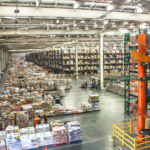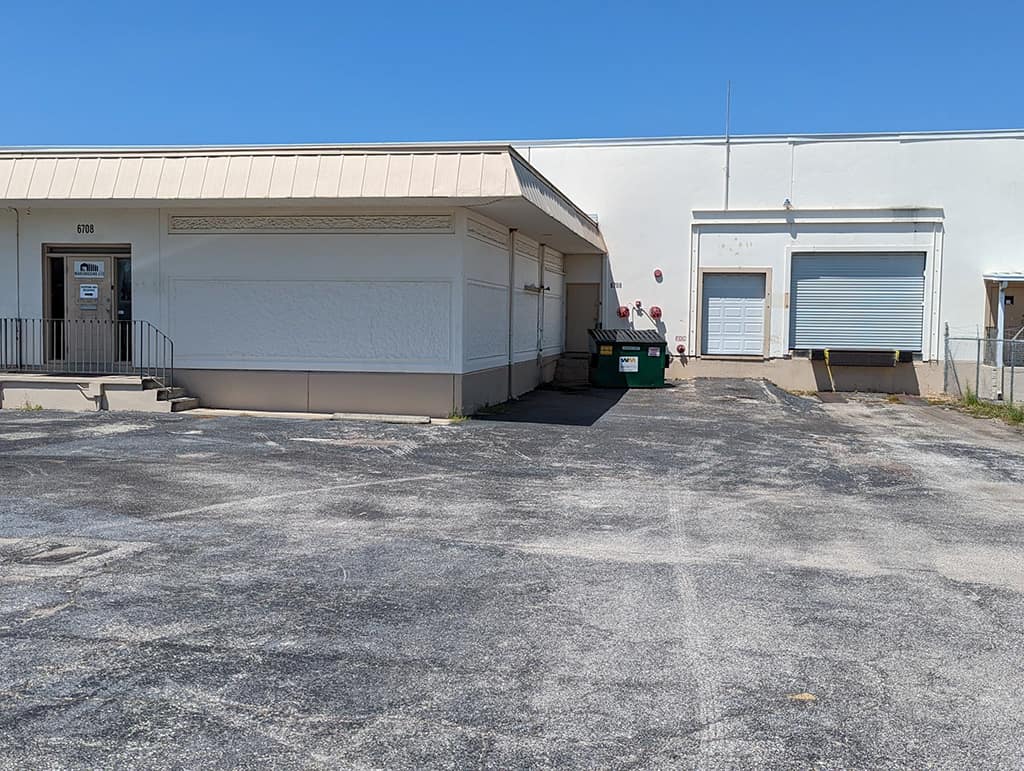Efficiently use warehouse space for the storage of goods
Warehouse operations fight an ongoing battle to maintain optimized storage areas in the warehouse. Constantly changing inventory levels, the addition and removal of SKUs, diverse product types, and much more make it difficult for warehouses to continually maximize their storage space. While many challenges exist, there are considerations that the staff should make for all received and stored products. Consistently applying these considerations to the storage of goods maximizes the warehouse’s ability to store goods efficiently.
Optimize Storage of Goods by Considering These 3 Factors
1) Warehouse Inventory Levels
The quantity of inventory at the warehouse directly impacts the way goods are stored. There must be enough space to store the entire quantity of each SKU in stock at a given moment. Depending on the warehouse’s system capabilities and internal processes, each SKU may be stored in a single warehouse location or across many warehouse locations. For bulk products it is common to have the SKU’s excess amounts stored in a separate area away from the SKU’s pickable location. Notably since inventory levels are continually changing, the amount of space dedicated to each SKU’s storage is also constantly changing.
It is easy for warehouses to evaluate the inventory levels per SKU if they use a warehouse or inventory management system. These systems give staff the ability to track inventory levels in real time. Warehouse management systems track the inventory levels of SKUs per warehouse location; they are necessary to operate a sizable warehouse. When reviewing inventory levels, evaluate 1) the number of units on hand, 2) the number of units forecasted to arrive, and 3) the turnover rate of the units. Based on your needs, use these details to designate the most appropriate location(s) for the SKU.
2) Stowability of Goods
The stowability of goods describes how easy or difficult it is to physically store the SKUs. The stowability of a SKU affects how goods are stored, and drives the costs of storing goods in the warehouse. Stowability is driven by 1) the size of goods, 2) how fragile the goods are, and 3) the quality of the goods’ packaging. If the goods are not fragile, well packaged, and easily stackable then they have good stowability. Alternatively if the goods are easily damaged, packaged in chintzy packaging, and do not stack well then they have poor stowability. Storage costs are ultimately lower for good stowability products because more of these products can be stored in the same amount of space compared to the poor stowability goods.
Stowability of goods is quickly evaluated when SKUs are physically handled at the warehouse. Alternatively this can be determined before inventory receipt through discussion with the supplier. When product is received at the warehouse it is evaluated to determine the best way to store it; whether that is on shelves, in bins, on pallets, or via some other medium. Items that have good stowability are easy to store and this ensures the lowest storage costs are charged. If the same or similar goods have been stored at the warehouse before, then the staff may recall specific requirements or difficulties of storing the goods. When there is no prior insight on a product’s stowability, use best judgement and store it only as you are comfortable. That is, do not store or stack a product in a way that you are not comfortable with or unsure about.
3) Velocity of SKU Movements
Examine the velocity of SKU movements in the warehouse to identify the most handled SKUs. The most handled SKUs are often the most picked SKUs in the operation, so identifying these SKUs and locating them closer to outbound processing can deliver major improvements to outbound picking rates. When reviewing the movement of SKUs, look at both the number of orders per SKU and the total quantity ordered of each SKU. The number of orders per SKU is the number of times the picker is walking to the SKU’s location for each pick, so it should be given greater priority. The total quantity ordered of each SKU is the total quantity picked of the SKU, but it does not reflect how many times a picker went to that location so it is less valuable.
Review an itemized Order History report with each SKU and quantity ordered per SKU to evaluate the velocity of SKU movements. An advanced warehouse or inventory management system may have a standard report to display your high velocity SKUs. If no advanced report exists, use excel formulas to calculate how many times each SKU is on a unique order and how many total units of each SKU were ordered. Once these totals are calculated, sort the list by the largest number of orders per SKU. Review the data for accuracy, then begin physically placing faster moving products in warehouse locations taht reduce the pickers travel time later.

Bringing it all together
The storage of goods is an essential function of the warehouse; storage causes a far reaching impact to operations. To optimize operations for the storage of goods 1) Inventory Levels, 2) Stowability of Goods, and 3) Velocity of SKU Movements must be evaluated in each warehouse per SKU. A warehouse or inventory management system is needed to ensure the data is available optimize the storage of goods. Ultimately the warehouse should have 1) enough space to store each product, 2) safe product storage methods, and 3) a desire to store faster moving product closer to where it is needed next.











